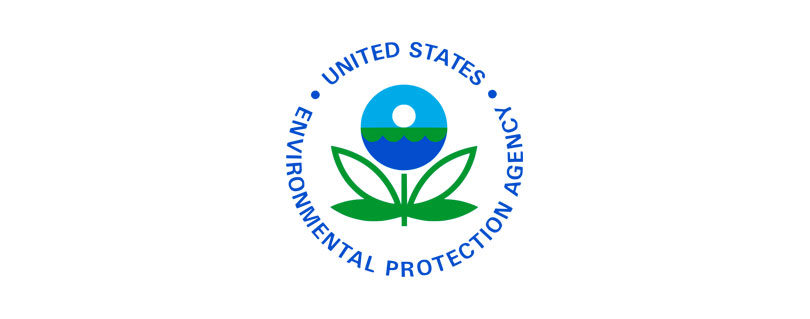EPA Takes Final Action to Protect Groundwater from Coal Ash Contamination at Ohio Facility
Publilshed by the U.S. Environmental Protection Agency (EPA)
WASHINGTON – Today, the U.S. Environmental Protection Agency (EPA) announced the latest action to protect communities and hold facilities accountable for controlling and cleaning up the contamination created by decades of coal ash disposal. The agency has issued the first final decision to deny a facility’s request to continue disposing of coal combustion residuals (CCR or coal ash) into an unlined surface impoundment after the deadline to stop such disposal has passed.
“For too long, communities already disproportionately impacted by high levels of pollution have been burdened by improper coal ash disposal,” said EPA Administrator Michael S. Regan. “Today’s action reaffirms that surface impoundments or landfills cannot be closed with coal ash in contact with groundwater, ensuring safe water resources for these communities while protecting public health and ensuring a reliable supply of electricity.”
EPA is taking final action to deny the deadline extension request submitted by Gavin Power, LLC for the General James M. Gavin Power Plant in Cheshire, Ohio. EPA proposed to deny this request on January 11, 2022. This decision advances the agency’s commitment to protecting communities and the environment from CCR contamination.
Limiting the contact between coal ash and groundwater after closure is critical to minimizing releases of contaminants into the environment and will help ensure communities near these facilities have access to safe water for drinking and recreation. Today’s action is the first final determination for any facility that sought an extension request.
EPA is denying the request for an extension because Gavin has failed to demonstrate that it is in compliance with the CCR regulations. In particular:
- One of the unlined coal ash impoundments known as the Fly Ash Reservoir closed with waste sitting in groundwater.
- The groundwater monitoring system for the Bottom Ash Pond is inadequate; Gavin failed to conduct appropriate statistical analyses of data and failed to support alternative source demonstrations.
- The groundwater monitoring systems for the Fly Ash Reservoir and the Residual Waste Landfill are inadequate because monitoring wells in the systems are too far apart to detect all potential pathways of groundwater contamination.
This facility must stop placing CCR and non-CCR waste streams into its Bottom Ash Pond no later than 135 days after notice of the final determination is published in the Federal Register.
EPA’s final decision recognizes the importance of maintaining grid reliability and establishes a process for Gavin to seek additional time if needed to address demonstrated grid reliability issues. Because Gavin is in the Pennsylvania-New Jersey-Maryland Interconnection (PJM) region, EPA closely considered the comments from and discussions with PJM and developed a process that relies on and is consistent with PJM’s existing approach to scheduling outages and protecting electric grid reliability.
Specifically, PJM’s process of maintaining grid reliability requires a facility like Gavin to request a planned outage at least 30 days prior to the start of the outage. PJM confirmed in EPA discussions that 30 days is generally sufficient time to assess a facility’s planned outage request. To ensure that PJM has adequate time to evaluate a request, EPA’s final action also requires Gavin to submit any request for a planned outage to PJM within 15 days of publication of EPA’s final decision in the Federal Register. Following today’s announcement, EPA will continue consultations with relevant electric grid authorities to maintain reliability.
Background
Produced primarily from the burning of coal in coal-fired power plants, coal combustion residuals can contain harmful levels of contaminants and are one of the largest types of industrial waste generated in the United States. These regulations address the risks from coal ash disposal.
The CCR Part A Final Rule, published on August 28, 2020, grants facilities the option to request an extension to the deadline for unlined CCR surface impoundments to stop receiving waste under two circumstances. These facilities could submit a demonstration showing a continued need to use the surface impoundment due to lack of capacity. Under both scenarios, facilities had until November 30, 2020, to submit demonstrations to EPA for approval.
EPA received and reviewed 57 applications from CCR facilities requesting deadline extensions and determined 52 were complete, four were incomplete, and one was ineligible for an extension. Of the 52 complete applications received, EPA proposed determinations for seven facilities, four in January, two in July, and one in October of 2022. Of the seven determinations, three were proposed denials and four were proposed conditional approvals.
Access the final determination, on EPA’s implementation webpage.
Read the full article at: https://www.epa.gov/newsreleases/epa-takes-final-action-protect-groundwater-coal-ash-contamination-ohio-facility



